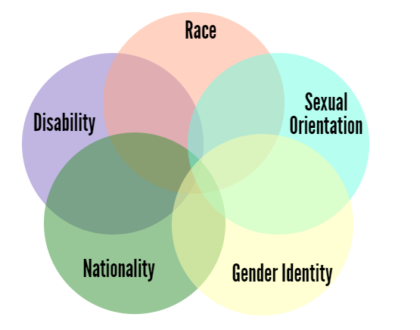“In Sickness and in Wealth” discusses the health disparities amongst people with different socio-economic backgrounds as well as race. This episode explored life expectancy and overall health in America, specifically in Louisville, Kentucky.
Initially they explored the wealth distribution as it relates to healthcare in Louisville and throughout the country. In Louisville the people die of the same disease at 3x-10x the rate in areas that are less affluent compared to areas who have more financial wealth. A person or family’s access to wealth has a direct correlation to health care and health lifestyle they can access. The amount of money you have determines what you can afford to put into your body, it determines how you get to work or what transportation you have access to, it determines where you live and what you are being exposed to, it also determines your access to healthcare, especially in the United States where access to healthcare is connected to your employment. This part of the episode reminded me of a book called Class Matters ( I linked the preview). This is a book that I was asked to read in undergrad and has stuck with me since. The book touches on a lot of class inequities including healthcare. It followed four people who had heart attacks in NYC but their circumstances and healthcare provided were completely different. At one end you had a wealth white CEO who had a heart attack and was in the best hospital with the best care within minutes, his post care was in the hospital as well and when he was discharged he had the ability to change his whole life. On the other end is an Abuela who was having a heart attack but didn’t go to the hospital right away because of lack of insurance (a choice many people living in poverty are forced to make) when she finally went to the free clinic she had to wait and was treated with medication and sent home right away. Her income and inability to take time off of work this woman was not able to make the needed changes to her life to prevent another heart attack. There were another two people, but just like in Louisville the lower the individual’s income as well as their employment the less quality treatment and post-care the patient received.
In the episode Mary’s story struck me because she stated that she is looking for work but if she gets a job she will have to weigh her options. This is due to having to choose between getting help from the government and working, for Mary she was concerned over her healthcare benefits. This is a struggle that is known well amongst a lot of Americans, including my own family. There is an entire population of the country living in “Absolute Poverty” who make more money than the Federal Poverty line and less than the cost of living. This means that they do not make enough money to truly survive but they make too much money to receive any government aid including SNAP, Welfare, state healthcare, or even daycare costs covered. The Federal poverty line $26,200 for a family of 4 and the cost of living (in RI) for a family of 4 is approximately 58,000 (after calculating rent and other costs). There is a whole population of people and families that make less than the cost of living and more than the poverty line that are not receiving any help and are unable to provide everything for their family.

It is important to recognize how intersectional social issues are, you can never look at an issue from one side, especially an issue about healthcare. You have to look at how individuals and groups of people have a history with a system and within this country and the inequities that exist because of it. Consistent with the history of the United States if you are wealthy and white your experience in this country, including healthcare, is superior.